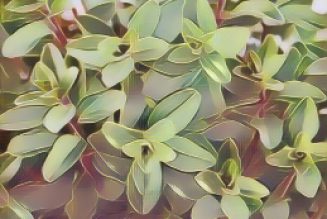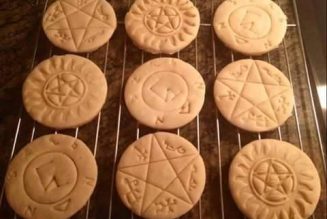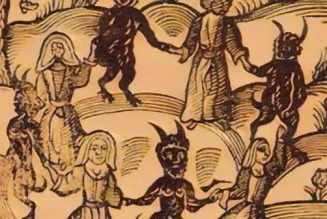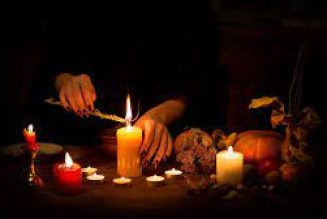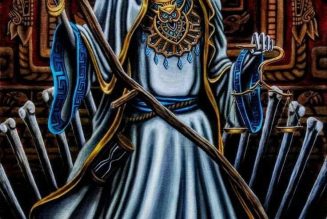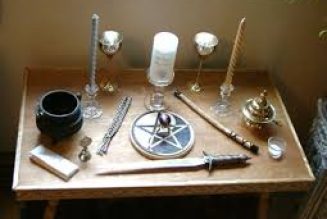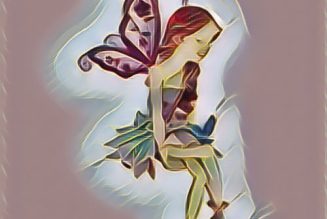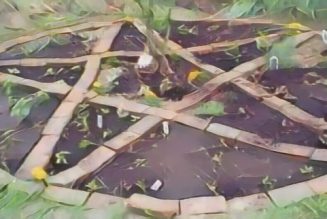Incense Magick has formed a central part of religious and magical ceremonies for thousands of years in lands as far apart as India and North America. It has been used for purification purposes, to invoke angels and to bind or repel demons by medieval magicians. It is said to release specific energies contained in its fragrance and to carry prayers and petitions to the god or goddess figure being invoked. Since the 1960s, incense sticks, cones and burners have increased in popularity for home use, to create an atmosphere of calm, to induce love and cleanse negativity. Many people use them for meditation as well as for rituals for confidence, health, love, prosperity, psychic protection and success. Incense is now on sale in floral fragrances as well as the more traditional ones, such as frankincense and myrrh, and these are lovely both for home use and folk spells. Our ancestors would have burned flowers and leaves to create the same effect. Like herbs and oils, incense can be empowered for specific purposes and can itself form a focus for a spell, as I describe later in this section. In formal magick, incense represents the Air element and is placed in the East of the altar. It is perhaps the easiest and most accessible magical substance and yet it can be a very potent form of magick. Incense burning differs from lighting essential oils, in that the fragrance is transmitted almost instantly on the smoke and so tends to be more concentrated and powerful than the slower-burning oils. It is therefore very effective for rituals requiring immediate action or the same intensity of effort from start to finish, rather than a gradual increase, perhaps of love or prosperity. There are two kinds of incense. The first is non-combustible incense that is burned by smouldering it on charcoal blocks. This is made from powdered herbs, leaves bark or even pine needles mixed with a gum resin such as dragon’s blood and has the advantage of producing clouds of smoke, brilliant for purification or for the climax of a spell. You can buy this type of incense prepared as loose powder, wood chips, granules or special paste, to burn on charcoal blocks or discs. Traditional practitioners often make their own non-combustible incense, which can be very empowering, but it does take time and can be messy. On page 300 I have suggested an excellent book by Scott Cunningham that describes the process step by step and there are many Internet sites giving recipes and instructions. To use this incense, place the smouldering charcoal block in a censer or thurible. Until you are experienced you may find it easier and safer to place it inside the censer first, and then light it. (A censer is simply a container for the charcoal. It may be a simple ceramic pot or a much more ornate vessel made of gold or silver. I would not recommend that you use the kind of incense censers on chains used in church services as the incense tends to go everywhere and can be quite dangerous.) Add your incense gradually, about half a teaspoon at a time, once the charcoal block in the censer is glowing but not releasing sparks. With practice, you will learn to add the right quantity to ensure a steady but not choking stream of smoke as part of the ritual. Many practitioners prefer to light it beforehand and just add a teaspoon of incense as part of the ceremony or spell when they need a billow of fragrance. Incenses with a greater proportion of resin and gum will last longer – hence the popularity of frankincense in religious ceremonies. When working in a group, you can ask one person to top up the censer if necessary during a long rite. If you are alone, make this part of your increasing power actions in a private ritual. Practise using non-combustible incense before rituals and in time it will become as natural as lighting a candle. The second type of incense, which many practitioners, myself included, prefer to use, is combustible incense, lit directly in sticks and cones. These are very difficult to make at home but the commercially produced versions are quick and easy to use and the fragrance of the sticks does not alter when burned. Some home-made incenses made from apparently pleasantly scented flowers can smell foul when they are lit! Sticks and cones are very safe to use: just light the tip, and once it is glowing, gently blow out the flame. This means there is no danger to children or pets who may be around. Incense is also sold as dhoops, pure incense in cylinders attached to long sticky ropes; these come from India and can be burned in a flat dish. Long, broad incense sticks can be carried when alight if you are careful. There are also many kinds of incense holders available. If you have a holder that collects the ash, you can scatter this to the four winds to carry your wishes on their way. Whatever type of incense you use, treat it as you would any other substance that is ignited: read the instructions carefully before use and take normal precautions. Below I have listed some of the most common forms of incense. Some you have met before in herbal or oil form and so I have kept the associations brief to avoid repetition. You may also find a number of these fragrances, especially fruit and floral ones, are available as scented candles. You can use these in your spells to focus on a particular need or quality you wish to attract.
The Magick of Incense
687 views














